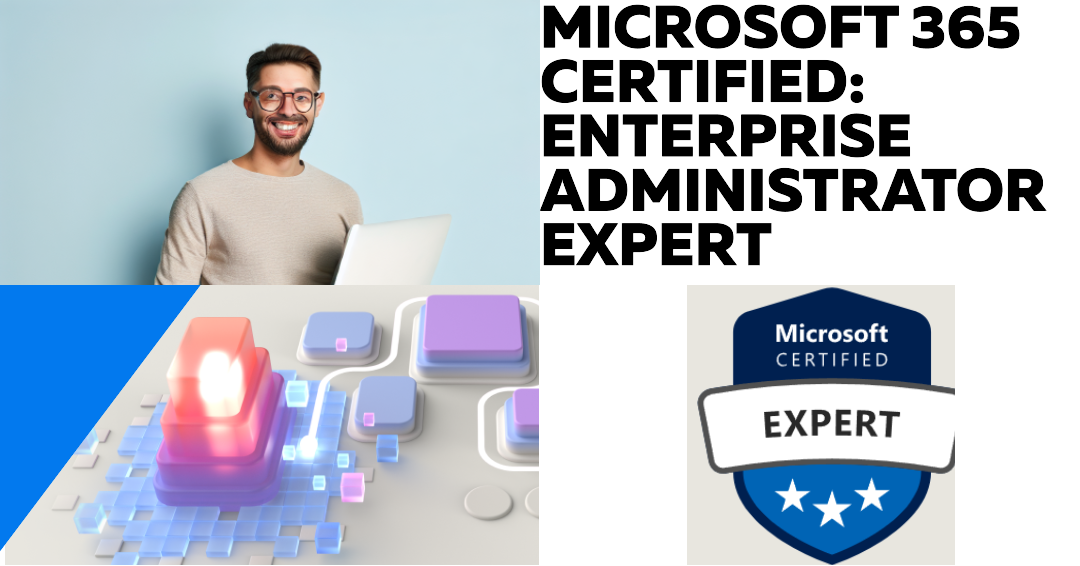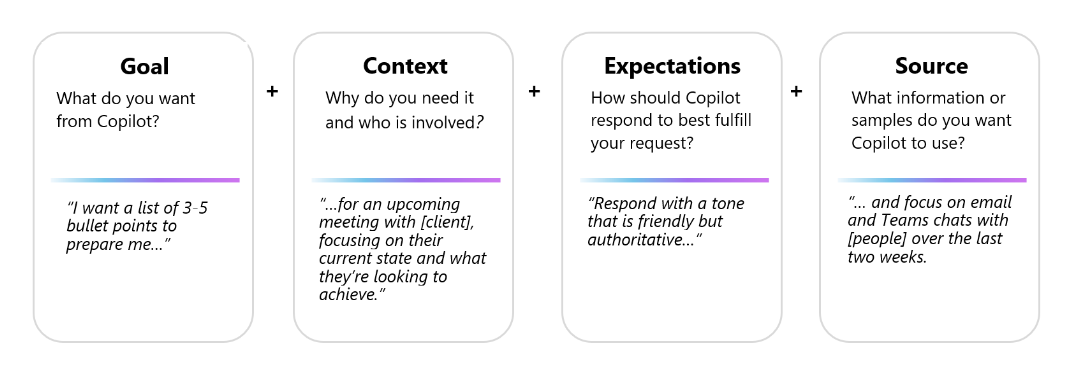
Quill Learning
Learning for each of us.
Welcome to Quill Learning
Quill Learning, your gateway to mastering Microsoft 365 and other Microsoft products! Quill Learning is a premier educational platform offering comprehensive courses designed to enhance your skills and knowledge in the Microsoft ecosystem. Ready to elevate your expertise? Sign up now and dive into the world of Microsoft learning!

Featured courses
With our online courses, you can learn anytime, anywhere, at your own pace. Explore them!
AZ-104: Microsoft Azure Administrator
This course teaches IT Professionals how to manage their Azure subscriptions, secure identities, ...
 Azure Administration
Azure Administration
AZ-700: Designing and Implementing Microsoft Azure Networking Solutions
This course teaches Network Engineers how to design, implement, and maintain Azure networking ...
 Artificial Intelligence
Artificial Intelligence
AI-102 Exam : Designing and Implementing a Microsoft Azure AI Solution
Designing and Implementing an Azure AI Solution is intended for software developers wanting to ...
 Artificial Intelligence
Artificial Intelligence
AI-102 Exam : Designing and Implementing a Microsoft Azure AI Solution ver2
Designing and Implementing an Azure AI Solution is intended for software developers wanting to ...
AZ-305 Exam Preparation: Designing Microsoft Azure Infrastructure Solutions
Exam AZ-305: Designing Microsoft Azure Infrastructure Solutions
Candidates for this exam should ...
 Azure Administration
Azure Administration
SC-300: Microsoft Identity and Access Administrator
This course provides IT Identity and Access Professional, along with IT Security Professional, ...


